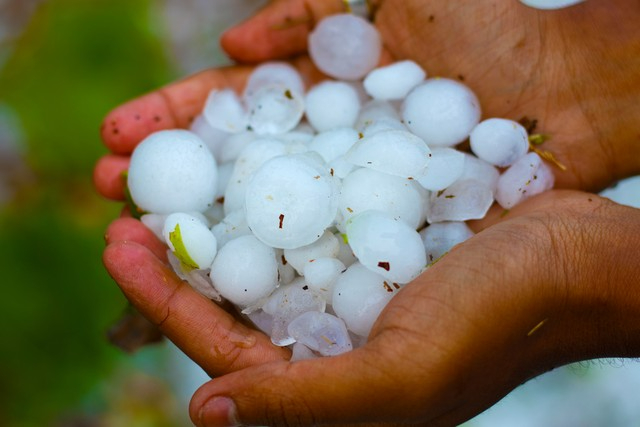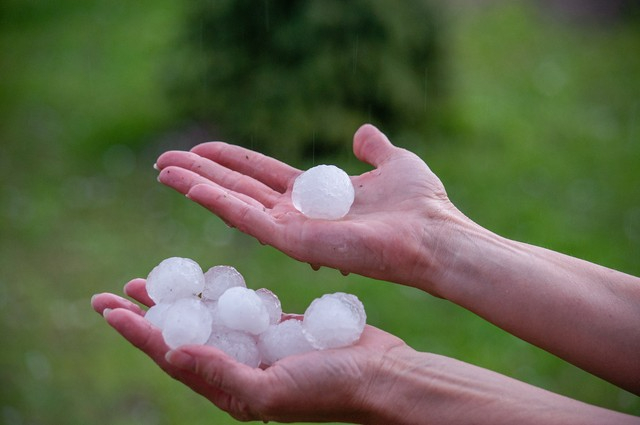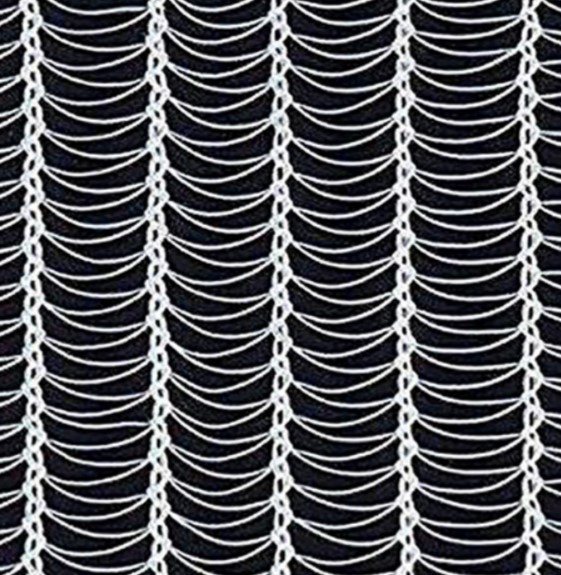A What is hail? Hail or hailstones are sudden natural disasters. They are a kind of solid precipitation. They are round or conical ice cubes, consisting of alternating transparent and opaque layers. The diamater is generally 5 to 50mm, and the larger ones can reach 10cm above.

 How to protect plant from hailstone?
How to protect plant from hailstone? Covering with Netting: One of the most effective ways to protect plants is by covering them with netting or mesh. This creates a physical barrier that reduces the impact of hail on your plants. The sense of relief and security that comes from knowing your plants are sheltered beneath the netting is truly comforting.
Moving Indoors: If possible, move potted plants indoors or under a covered area during a hailstorm. This proactive approach can bring a profound sense of safety, knowing that your plants are out of harm's way.
DIY Hail Guards: Craft homemade hail guards using buckets, pots, or cardboard to shield individual plants. The act of creating these protective barriers can be a labor of love, demonstrating your dedication to your plants' well-being.
Heavy Mulching: A layer of heavy mulch can help protect the soil around your plants from the impact of hail. This not only shields the plants' roots but also provides a comforting sense of care and nurture for your garden.
Hail-Resistant Plant Varieties: When choosing plants for your garden, consider hail-resistant varieties. This decision can bring a sense of confidence, knowing that your plants are inherently more resilient to hail damage.
Pruning and Trimming: Regularly prune and trim your plants to remove weak or overgrown branches. This proactive maintenance can reduce the chances of hail damage and create a feeling of empowerment as you care for your garden.
There’re 3 types of hail net:
1, Leno Woven Hail netting
It is made of monofilament high density polyethylene, which is the strongest hail net among all hail nets.
Colors can be transparent, which will not affect sunlight on plants and good for coloring fruits.
Otherwise, it can also protect plants from birds.
2, Raschel Quad Crossover Knitted hail netting
Raschel Quad crosscover knitted hail netting is woven from high density UV stabilized polyethylene yarn, it’s designed in diamond shapes.
Colors are black, green or white.
Increase strength of anti hail net , it’s not easy to tear and it can increase service life.
3. Raschel Draped Hail Netting
Raschael draped hail netting is mode of monofilament PE with triangle pattern.
It’s high quality with small mesh and price is competitve.





